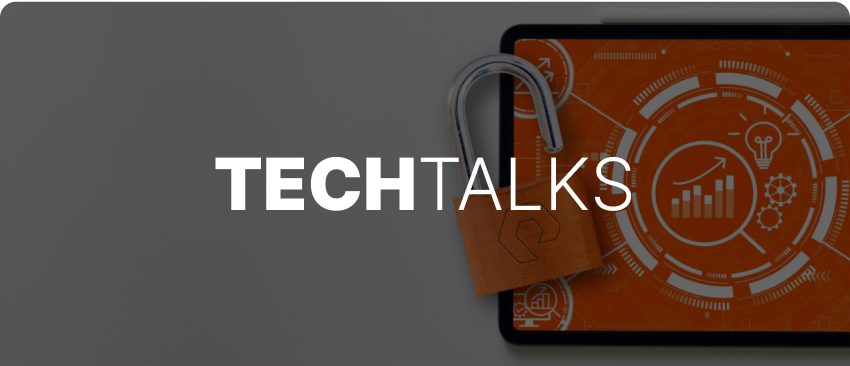これまで、データを保護し、災害発生時に事業継続性を維持するために一般的にできることについて説明してきました。しかし、ランサムウェアという災害は増加しており、それ自体に対処する価値があります。
サイバー犯罪者は常に脅威でしたが、過去のハクティビストは政治的、文化的、宗教的な信念によって動機付けられていましたが、今日のサイバー犯罪者は主に金銭的利益によって動機付けられています。ランサムウェアは、ハッカーが身代金を支払うまで暗号化によってデータからあなたをロックするものであり、現在では数百万ドル規模の業界となっています。また、ダウンタイムが収益の損失に直接つながる世界では、身代金を支払うだけでは決して魅力的ではありません。
次のセクションでは、ランサムウェア攻撃を軽減するためにできることについて説明します。
ランサムウェア攻撃の防止
ランサムウェア対策の最善の方法は、ランサムウェアの発生を防ぐことです。システム全体の可視性を確保し、優れたデータ・ハイジーンを実践し、脅威を特定したらそれに対処するための計画を立てることです。
- ロギングと監視:ロギングおよびシステム監視ツールは、システムを俯瞰的に把握し、全てがスムーズに実行されているときに IT インフラがどのように見えるかを理解するのに役立ちます。迅速なリアルタイム分析は、異常(疑わしい IP アドレスからのトラフィックの急増など)やその他の活動を発見し、潜在的な攻撃につながる可能性があります。
- データ・ハイジーン:ハッカーがマルウェアを仕掛けると、パッチが適用されていないオペレーティング・システム、セキュリティが不十分なサードパーティ・ツール、煩雑なデータ管理などのセキュリティの脆弱性を探します。データ・ハイジーンとは、優れたパッチ管理、システム構成、データ・サニタイズの実践を意味します。これらにより、組織の運用がスムーズになるだけでなく、潜在的なハッキングの攻撃対象領域を大幅に削減できます。
- 運用上のセキュリティ:サイバーセキュリティに関しては、人間はしばしば見過ごされる脆弱性です。多要素認証、管理制御、データ階層化を実装することで、データを必要とする許可された個人のみがデータを利用できるようになります。ハッカーやフィッシング攻撃の手法を網羅するセキュリティ意識向上トレーニングは、組織が実際の試みを実際に発見する準備に役立ちます。
ランサムウェア攻撃時の対策
サイバー攻撃は、映画の主役ほど実生活では明らかではありません。攻撃自体は、ファイルにアクセスし、ネットワーク内を横方向に移動し、ファイルを暗号化し、バックアップを削除すると、わずか30〜40分しかかかりません。逆に、攻撃者は、アクセスを取得してからしばらくしてネットワークに侵入し、実際の攻撃を計画する際に、異常への応答を監視します。いずれにせよ、データに対する身代金通知を受け取るまでに、攻撃はすでに完了しています。
ランサムウェア攻撃が発生している間は、フォイルド・フィッシング攻撃に気付いたり(従業員をトレーニングすることで)、SEIM やログを介してネットワーク上で疑わしいアクティビティをキャッチしたりすることが唯一の方法です。これらの積極的な対策と必要なツールがあれば、サイバー・インシデント対応(CIR)計画を立てて、異常な活動を発見した時点で対処する必要があります。全てを文書化し、関連する IT 担当者に通知して、影響を受けるシステムを分離し、損害を軽減します。コンプライアンス要件を満たし、実際のランサムウェア攻撃であることが判明した場合の調査において法執行機関を支援するために、これらの記録が必要になります。CIR 計画の作成の詳細は、この記事の後半で説明します。
ランサムウェア攻撃後のディザスタ・リカバリ
そのため、ファイルは暗号化され、ランサムウェアに関するメモが届きました。どのような選択肢がありますか?
1 つの選択肢は身代金を支払うことですが、そうすることで、組織がさらなる恐喝にさらされるリスクがあります。
前述のセクションで説明した積極的なランサムウェア対策手順に従うことを条件に、次の点を消去、リストア、対応することがよりよい選択肢です。
- 攻撃者がデータにアクセスできるような脆弱性をシステムから削除 します。侵害を受けたハードウェアやソフトウェアは、直ちにネットワークから分離して切り離す必要があります。バックドアやその他のマルウェアが残っていないことを確認するため、システムおよびネットワーク監査を実施する必要があります。バックアップからデータをリストアし、運用を開始する前に、システムをサニタイズすることが重要です。
- バックアップとリカバリのプランを活用してデータをリストアします。スナップショットやディザスタ・リカバリ・インフラが、サイバー・インシデントの発生直前に何かを拾い上げるために用意されていることを願っています。防御チームは、サニタイズされた仮想環境内でバックアップ・データのフォレンジック分析を実行し、攻撃者が何も残さないようにする必要があります。システムをロールバックできる、改ざんされていないリカバリ・ポイントを探しています。
- 記録のレビュー、システムの監査、攻撃の性質の文書化などの対策を講じ、攻撃に適切に対応します。規制を遵守するためには、データ侵害を顧客に通知する必要があり、攻撃に対応するために組織ができることを全て実行したことを示すログが必要です。攻撃で得られた情報は、法執行機関が加害者を追跡するのに役立つだけでなく、将来の攻撃からシステムを保護するのに役立ちます。
詳細はこちら。ランサムウェア対策とリカバリに関するハッカーガイド





